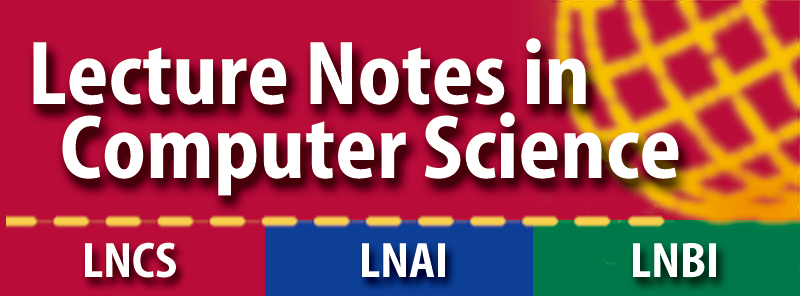Submission instructions
Main task
Challenge phases
Preliminary phase
For the submission of the results for the preliminary phase, you can send us the results by email. We need the name of the registered team, Dice and Hausdorff scores, and the type of validation (a 5-fold cross-validation is preferred).
The results will be shown on the Challenge Polls page.
Phase 1 - container testing 🗳️
The teams are to submit their algorithm. The algorithm will be tested against two (2) hidden cases. The submission can be tested up to 6 times. This phase will be used to test the Docker images and the algorithms. Since the teams may not be able to see logs for the output of their algorithm submission, they are requested to post a question regarding their failed submission on the forum, and the organizing team will post the logs back as a reply to that thread. As submission output, the grand-challenge algorithm will produce the Hausdorff distance and Disce Score statistics, particularly their mean, variance, and interquartile ranges. The ranking is based on the median of the Dice Score and the Hausdorff distance.
Phase 2 - cut-off ✂️
The teams are to submit their algorithm. The algorithm will be tested against five (5) hidden cases. The submission can be tested up to 2 times. The metrics used for the evaluations are P3 and P4, as described in the ranking methods. Of the two submissions, the one with higher performance will be considered. From this phase, the 3 winners will be allowed to proceed to the next phase of the challenge. The winning teams will be awarded as winners of Phase 2. Each algorithm must be accompanied by a written report describing the main features of the algorithm.
Phase 3 - final evaluation 🏁
The winner of phase 2 can re-submit their final version of the algorithm, which will be tested against 150 augmented cases. The performance of the algorithms will not be assessed in the grand-challenge system but locally by the organization team. The metrics used for the evaluations are P1, P2, P3, and P4, as described in the ranking methods. The winner of Phase 3 will be rewarded with a monetary prize. Note that the podium may change from Phase 2 to Phase 3!
SUBTASK 1 - optional
The supported volumetric mesh file has the .obj extension.
Participants will have to generate a watertight surface mesh, which may differ
from the one used for visualization. We will convert the surface mesh to a tet
mesh using
MeshPy (TetGen).
Therefore, the task is restricted to how well the generated surface mesh can
be meshed by tetgen. Nonetheless, suppose you have a
good-tailored solution for volumetric meshing. In that case, we are happy to
discuss it and let you present it during the challenge workshop, submit it to
the challenge proceedings, or document it in the challenge summary paper.
SUBTASK 2 - optional
The teams are asked to submit a nice surface mesh for qualitative assessment that a group of qualified physicians will evaluate.
Codes
The template code for the containers is available in the GitHub repository sega2023.
Paper submission
Medical imaging has become increasingly popular and essential, fueled by remarkable technological advancements and by the growth of neural networks. One of the most advanced innovations is sensitivity analysis, a vital technique that uncovers the most influential variables within complex systems, enhancing robustness and deepening our understanding. The ultimate goal is to create a transformative impact on aortic segmentation, transcending the limitations of conventional methods. New algorithms will unlock accuracy and adaptability in medical imaging with diverse image variations.

The submitted articles will be forwarded to Lecture Notes in Computer Science (LNCS) conference proceedings. Writers are advised to refer to the authors' guidelines provided by Springer and utilize their proceedings templates, available for both LaTeX (also available on Overleaf) and Word, to format their papers appropriately. Springer strongly advises that authors include their ORCIDs in their papers. Moreover, the corresponding author for each paper (marked on the paper), representing all co-authors, must complete and sign a Consent-to-Publish form (you can find the .doc document in the GitHub repository in the LNCS folder). The person who signs the copyright form must be the same person designated as the corresponding author in the paper. NOTE: The corresponding author, who must match the corresponding author marked on the paper, must have the full right, power, and authority to sign the agreement on behalf of all of the authors of a particular paper, and accepts responsibility for releasing this material on their behalf. LNCS also offers the possibility to include embedded videos in proceeding papers.
After submitting the files to Springer, any modifications related to the paper's authorship cannot be made. Some info regarding the article submission:
- Papers: papers are 12-15+ pages, including references in the LNCS format.
-
Authors:
- Include your ORCID identification number in the paper
- Mark the corresponding author as reported in the templates
- As the corresponding author, complete and sign the License-to-publish form (here)
- Check the Code of Conduct (also here)
- Please, make sure that any colored figures are equally clear in black and white.
- Please, make sure that tables and equations are editable, and not pasted in as figures.
- For a cleaner submission to Springer, we kindly ask you to draw particular attention to the policies regarding Figures and Illustrations and Ethical Approval and Informed Consent.
- Templates: LaTeX and Word templates are available on the author's page.
- Review: The review is double-blind
- Submission ethics: Please follow the authors' guidelines strictly. Plagiarism will be checked for every submission.
- Publication: We will accept papers that depict originality and novelty for publication in Springer LNCS.
- Submission portal: The articles will be submitted through the CMT3 portal (here).
Important dates: (dd/mm/yyyy)
-
Paper submission closing:
26/08/202331/08/2023 - Acceptance notification: 04/10/2023
- Deadline final paper: 29/10/2023
